Polymer Feed System
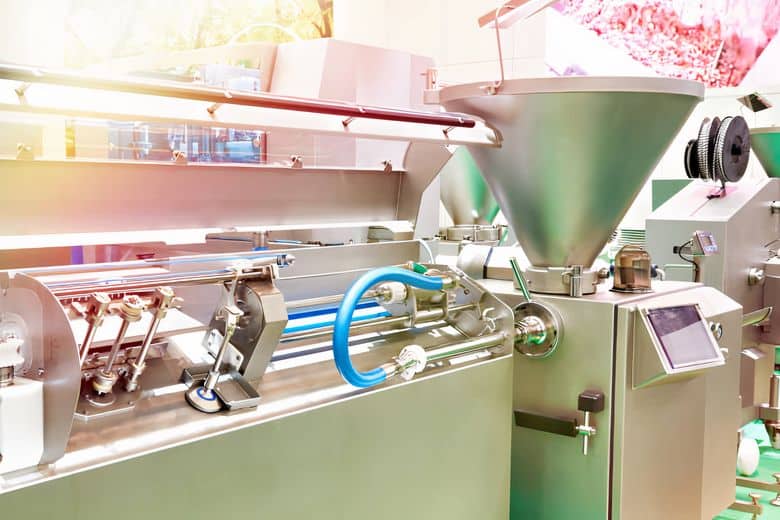
Polymer feed system is a key technology in modern water treatment, where precise polymer feed can significantly improve sedimentation and suspended particle removal from water bodies.
Basic Principles of Polymer Feed System
The polymer feed system is used to accurately dose the prepared polymer solution into the water treatment system. The principle of operation includes the following steps:
- Polymer supply: The prepared polymer solution is taken from the polymer preparation unit.
- Metering pump control: A metering pump is used to precisely control the amount of polymer solution dosed. The metering pump settings can be adjusted according to the treatment requirements. The HS Solenoid Dosing Pump and the HJ-Z Mechanical Dosing Pump ensure accurate dosing.
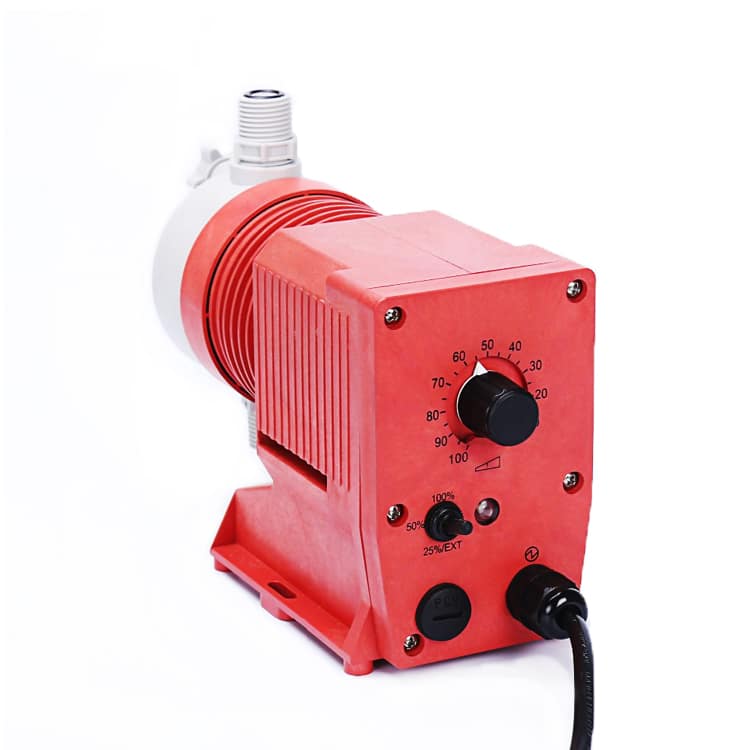
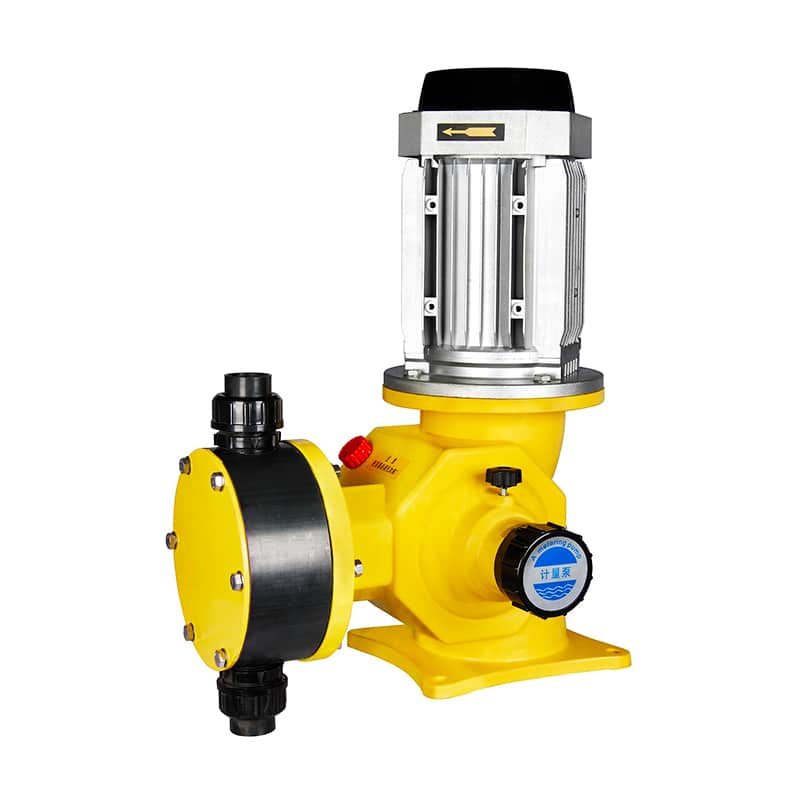
- Injection system: The metered polymer solution is injected into the appropriate location in the water treatment system, such as a sludge dewatering facility or coagulation settling tank.
- Mixing and reaction: Once the polymer solution has been added to the system, it reacts chemically with suspended solids and particles in the wastewater or sewage, causing the particles to coagulate and settle.
- Effectiveness monitoring: The effectiveness of the polymer solution can be monitored by water quality monitoring instruments to ensure that the polymer dosage and treatment results meet the desired objectives.
Difference between a polymer preparation unit and a polymer feed system
While polymer preparation units and polymer feed systems are both related to polymers in water treatment, they have different functions and applications. Polymer preparation units are primarily used to prepare polymer powders or liquids into solutions, while polymer delivery systems focus on the precise delivery of already prepared polymer solutions into the treatment system.
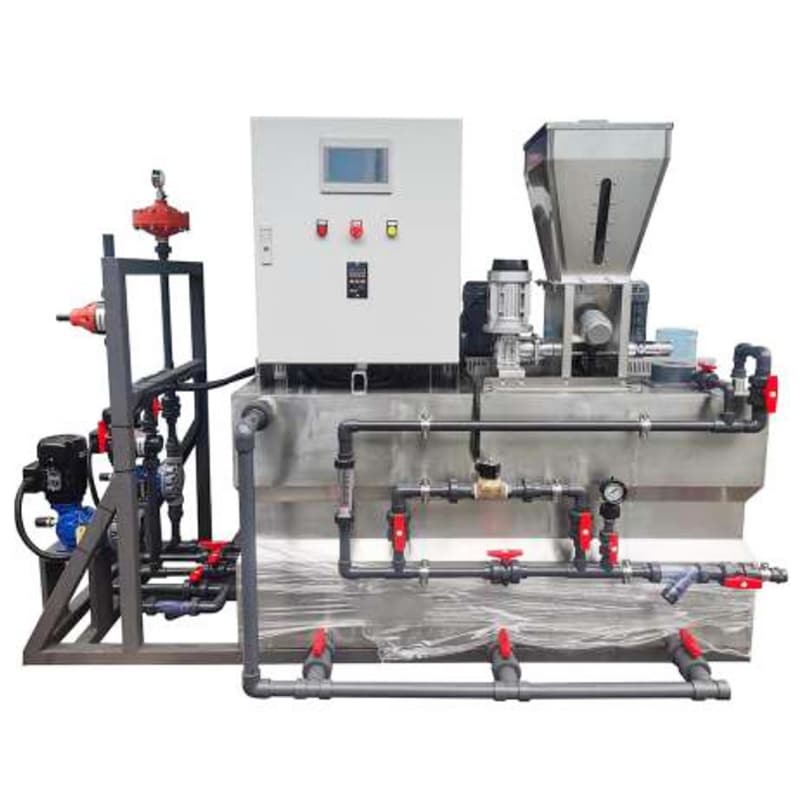
How the Polymer Preparation Unit Works?
Polymer preparation units are used to convert polymer powders or liquids into solutions for subsequent injection into water treatment systems.
- Polymer feeding: Put the polymer powder or liquid into the mixing tank of the preparation device.
- Mixing with water: Add an appropriate amount of water to the mixing tank, and then start the agitator. The agitator mixes the polymer substance with water to form a homogeneous polymer solution.
- Mixing and Dissolving: The agitator continues to mix and agitate, so that the polymer is completely dissolved in the water to form the desired concentration of polymer solution.
- Adjustment of concentration: According to the treatment requirements, the concentration of the solution can be adjusted by controlling the amount of polymer feeding and water addition.
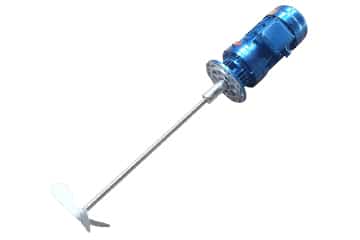
Diversity of application areas for polymer feed systems
Polymer Feed Systems have a wide range of applications in water treatment, mainly for improving water quality, increasing treatment efficiency and reducing treatment costs. The following are some of the common applications of Polymer Feed Systems in water treatment:
- Sludge Dewatering: Polymer feed systems are commonly used in the sludge dewatering process. By adding the right amount of polymer to the sludge, the sludge particles can be induced to combine into larger agglomerates, thus improving the solid-liquid separation efficiency, reducing the discharge of filtrate, and lowering the treatment cost.
- Coagulation and Sedimentation: During the coagulation and sedimentation process, polymer feed systems are used to help suspended solids and particles to aggregate into larger agglomerates to facilitate rapid sedimentation and separation. This helps to improve sedimentation efficiency, reduce suspended turbidity and improve water clarity.
- Wastewater Treatment: Polymer feed systems can be applied in the wastewater treatment process to help remove suspended, colloidal material and particulate matter, reduce turbidity of wastewater and improve treatment results. It can also improve the performance of processes such as air flotation, sedimentation and filtration.
- Industrial Wastewater Treatment: In industrial wastewater treatment, polymer feed systems can be used to remove suspended particles, organic matter, and oil and grease from wastewater, thereby purifying the wastewater to meet discharge standards.
- Pulp and Paper Industry: Polymer feed systems are widely used in the pulp and paper industry for pulp dewatering, fiber recovery and wastewater treatment, which helps to improve pulp quality and paper production efficiency.
- Mining and Metallurgy: In mining and metallurgy wastewater treatment, polymer feed systems can be used to remove particles, metal ions and suspended solids from wastewater and reduce the level of pollutants in wastewater.
Polymer selection and feeding optimization
Polymer selection and feeding optimization are critical steps in ensuring that polymer feed systems operate effectively in the water treatment process. Correct selection of the appropriate polymer type and optimization of the feed rate can significantly improve treatment efficiency, reduce costs, and minimize environmental impacts. Below are some important considerations for polymer selection and feeding optimization:
Polymer Selection
- Water quality characteristics: The water quality characteristics of different water sources and sewage will affect the selection of polymers. According to the suspended solids, colloidal substances, organic matter and other components in the water, choose the appropriate polymer type, such as cationic polymers, anionic polymers and so on.
- Application scenarios: the choice of polymer should also be based on specific application scenarios, such as sludge dewatering, coagulation and sedimentation, wastewater treatment. Different scenes require different characteristics of the polymer to achieve the best results.
- Settling speed: The settling speed of the polymer directly affects its effect in the solid-liquid separation process. Select the appropriate polymer type and molecular weight according to the requirements of the treatment system.
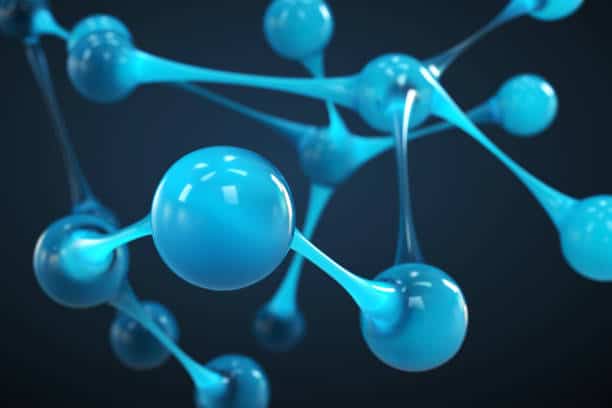
Optimization of Feeding
- Dosage control: The dosage of polymer should be optimized according to the actual needs of the water treatment process. Too little may not achieve the desired results, while too much may result in wasted resources and environmental problems.
- Homogeneous mixing: Before adding the polymer, it should be ensured that the polymer is properly mixed with the water in order to achieve the best coagulation effect.
- Selection of feeding point: It is very important to select the right feeding point in the system. The choice of feeding point should take into account the flow rate, mixing effect and the optimal contact time of the polymer.
- Real-time monitoring and adjustment: Use online water quality monitoring instruments to monitor the water quality changes in the treatment process, and adjust the polymer dosage and feeding method according to the monitoring results.
- Test and verification: Before putting into large-scale application, carry out small-scale test and verification to determine the best type of polymer and dosage to ensure the stable and efficient operation of the system.
Advantages of polymer feed systems
- Improve coagulation effect: Polymer feed system can add the right amount of polymer to the water treatment process, which can promote the agglomeration of suspended, colloidal substances and particles, enhance the coagulation effect, make the particles easier to settle and filter.
- Reduces sludge production: Polymer feed systems can effectively agglomerate fine particles during the wastewater treatment process and reduce turbidity, thereby reducing the burden on subsequent settling tanks and filters and reducing sludge production.
- Energy and resource savings: By enhancing coagulation and reducing sludge production, polymer feed systems can save resources and reduce operating costs by reducing the amount of time, energy, and chemicals used in the treatment process.
- Improved water quality: Polymer feed systems effectively remove suspended solids, colloidal materials and organic contaminants from water, thereby improving water quality and making it more suitable for subsequent treatment or direct discharge.
- Reduces equipment clogging: Polymer feed systems can reduce the risk of clogging in pipes and equipment by helping to agglomerate and settle particles, reducing particle build-up in pipes and equipment.
- Enhanced process control: Polymer feed systems allow for automated chemical dosing, more precise process control by monitoring and adjusting dosage rates for improved stability and consistency.
- Reduced chemical waste: By optimizing the amount and manner of polymer dosing, the required chemical can be delivered precisely, reducing waste and overdosing.
- Environmental benefits: Polymer feed systems can improve the treatment of water bodies, reduce negative impacts on the environment and increase the sustainability and safety of water bodies.
Explanation of key components of polymer feed system
The polymer feed system consists of key components such as polymer storage tanks, feed pumps, mixing units and control systems, all of which work in synergy to ensure consistent feed results.
- Polymer mixing tank: This is where the polymer is mixed and stored. In the mixing tank, the polymer can be mixed with water or other solvents to form a polymer solution of the proper concentration.
- Polymer solution pump: The polymer solution pump is responsible for extracting the mixed polymer solution from the mixing tank and delivering it to the injection point. It must be able to transport viscous polymer solutions in a stable manner.
- Polymer solution piping: piping is used to transport the polymer solution from the mixing drum to the desired injection point, and usually requires corrosion-resistant materials to ensure the durability and reliability of the system.
- Control system ( control system ): The control system can be automated to control the polymer injection process, including adjusting the amount of polymer injection and accelerated rate of injection. It can be programmed and adjusted according to the needs of the water treatment process.
- Injection points: This is the location where the polymer solution is injected into the water treatment process, usually in a coagulation, flocculation, sedimentation tank or other appropriate location. The polymer is added to the water column at these points to achieve the desired treatment effect.
- Mixer: In some cases, the polymer solution needs to be mixed well with water or other chemicals to ensure uniform dispersion. A mixer ensures that the polymer solution is uniformly mixed with the other components.
- Instruments and sensors: These are used to monitor and control the polymer feed process, including monitoring polymer concentration, flow rate, pressure, and other parameters to ensure accurate and consistent dosing.
- Leak detection system: For safety and environmental reasons, some systems are equipped with a leak detection system, which can detect and alarm polymer leaks in a timely manner.
Maintenance and troubleshooting of polymer feed systems
Troubleshooting
- Pump clogging: If the pump is clogged, dosing may be interrupted. Check the pump and piping for clogging and remove the obstruction.
- Abnormal solution concentration: If the concentration of the polymer solution injected is abnormal, the treatment effect may be affected. Check that the solution in the mixing drum is uniform and that the pump flow and injection point are normal.
- Sensor malfunction: The sensor may be malfunctioning or inaccurately calibrated, resulting in erroneous measurement results. Check the condition of the sensor and calibrate or replace as necessary.
- Leaks: If a polymer leak occurs, it can cause damage to the environment and equipment. Take immediate action to stop the leak and clean up the area.
- Control system problems: Control system failures may result in inaccurate or interrupted dosing. Check the electrical connections and programs of the control system to ensure proper operation.
- Equipment wear and tear: Long-term use may cause equipment components to wear or deteriorate, affecting performance. Regularly check equipment for wear and tear and replace or repair in a timely manner.
Preserve
- Periodic inspection: Carry out periodic inspection of all key components of the system, including the mixing drum, pump, piping, sensors, etc., to ensure that they are in good operating condition.
- Cleaning and maintenance: Regularly clean the mixing tank, pipeline and pump to prevent polymer residue or clogging. At the same time, pay attention to the maintenance of the system’s lubrication components to ensure smooth operation.
- Calibrate sensors: If the system is equipped with sensors, calibrate them periodically to ensure accurate measurements.
- Replace wear parts: According to the equipment manufacturer’s recommendations, timely replacement of pumps, valves and other wear parts to avoid equipment failure.
- Maintain a clean environment: Ensure that the environment around the system is clean and tidy to prevent dust, dirt, etc. from affecting the operation of the system.
Summary
Polymer dosing systems, as a key part of modern water treatment technology, play an important role in creating cleaner and healthier water, which is vital to building a sustainable society.
HAOSH is a leading global brand of fluid control equipment, specializing in dosing metering pumps and systems. By taking complete control of high-precision applications, we increase efficiency and reliability, optimizing your process while saving resources. Our product range covers dosing metering pumps, pump accessories, mixer agitators and dosing systems to ensure your success. Feel free to contact us.
